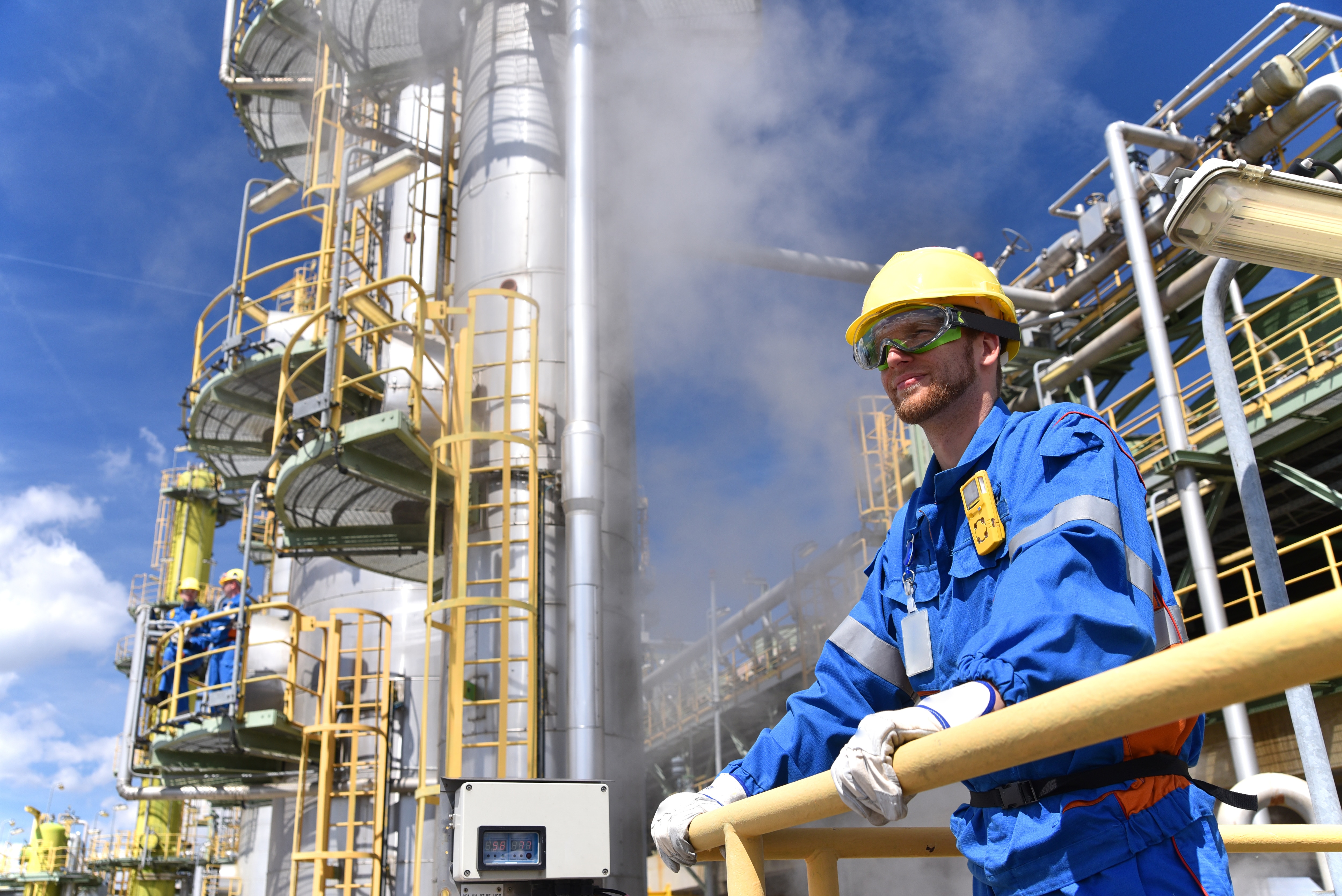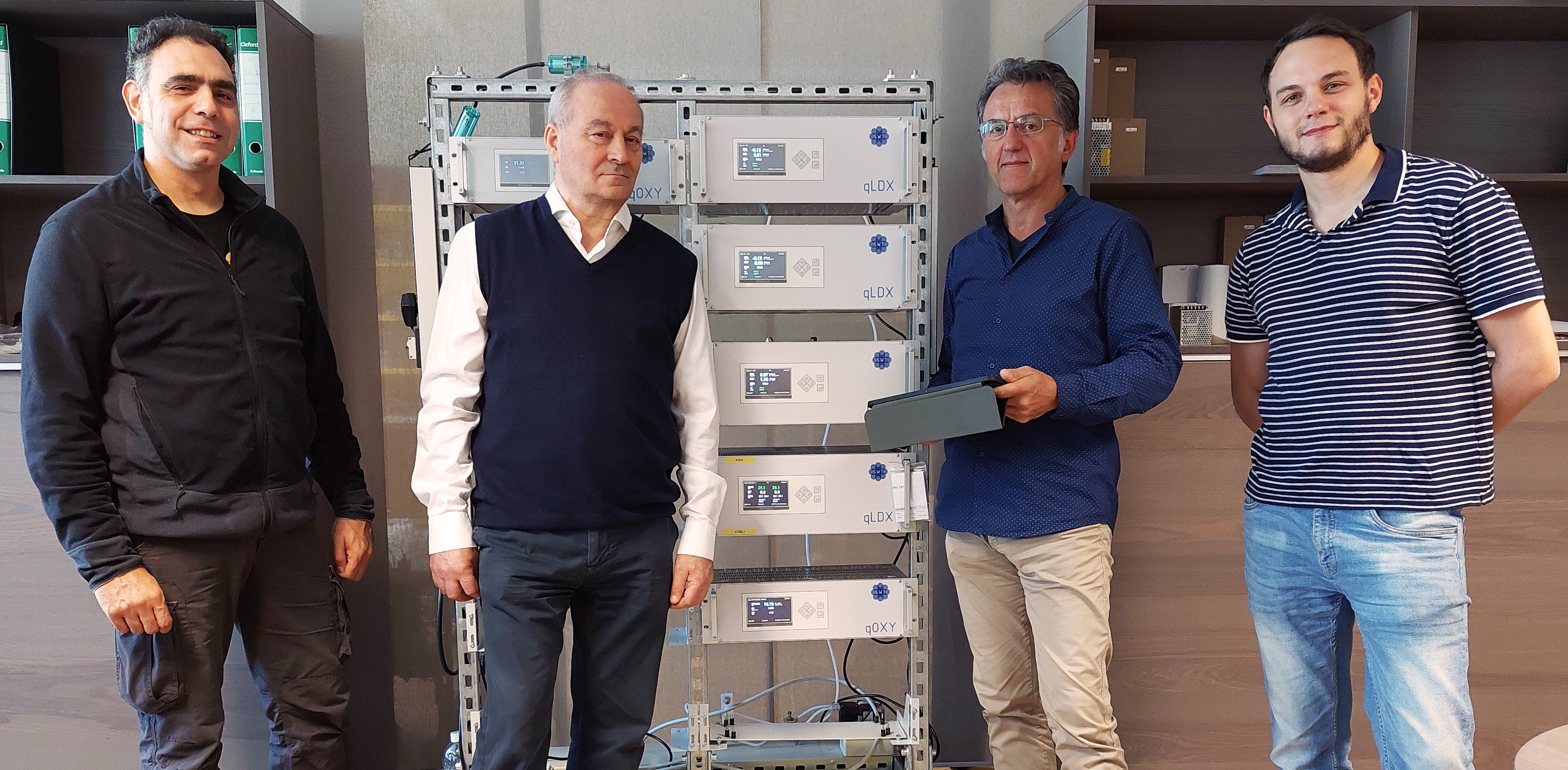Optimized Emission Monitoring Thanks to Direct H2O Measurement

Certified measuring instruments for emission monitoring are often required by regulations and are therefore indispensable. Thanks to measurement technology from Axetris, the company SW Technology from Mendrisio (Switzerland) has received QAL1 certification. Read more in this blog post.

Achieving QAL1 certification was also an important goal for SW Technology, as they have been successfully using the Axetris LGD F200-H NH3 laser gas detector in their systems for measuring exhaust gas in power plants and incinerators for many years.
Working closely with SW Technology, Axetris launched a customized version of the LGD F200-H NH3 that exactly met the necessary requirements for QAL1 certification. As a result, SW Technology has now been able to have their entire system, the qLDX, certified to these standards.
The qLDX is a continuous monitoring system for NH3 and H2O. Based on Axetris' state-of-the-art TDLS system, there is virtually no cross-sensitivity with other gases. Together with the proven long-term stability of the LGD, this results in lower maintenance requirements and longer zero point/voltage intervals for the qLDX system.

Marco, when did SW Technology enter the continuous emissions monitoring market with its products?
Our history with CEMS goes back to 2001. After many years of experience as integrators, we had the idea to develop our own analyzers for our needs. In 2013, we then founded SW Technology.
When did you decide that your products should receive QAL1 certification and why?
Our main goal was to produce an NH3 analyzer. Unlike other manufacturers, we have aimed for an extractive solution that is easier to maintain and install compared to in-situ alternatives. Shortly after, we decided to get QAL1 certification because our focus is on the CEMS market.
Why did you choose the Axetris LGD as the sensor solution for the QAL1 certification of your qLDX?
We had the idea and the experience, but we lacked the sensor technology. After a long search, we found Axetris and the LGD F200. We knew immediately that it was a perfect fit for us because it could be installed in a 19-inch rack and could measure the very low concentrations required in CEMS applications.
What are the advantages of TDLS technology compared to other continuous emission monitoring technologies?
The main advantages of this measurement technology are high accuracy, long-term stability and the absence of any moving parts inside. This means that no additional maintenance is required.